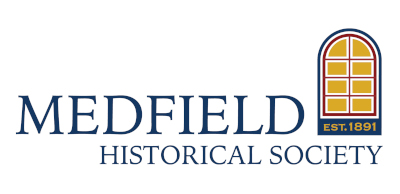Notable People
Medfield has been home to notable and influential artists, educators, composers and musicians, business leaders, political activists, civic leaders, historians and writers. The first is Rev. Ralph Wheelock, a Puritan immigrant from England, who helped found the town of Dedham, where he became the first public school teacher in America. In 1649 he founded Medfield, where he was also the first schoolmaster. Among Ralph and Rebecca (Clark) Wheelock’s many notable descendants are Dr. Eleazar Wheelock, founder of Dartmouth College; Benjamin Ide Wheeler, president of the University of California, Berkeley (1899–1919); Lucy Wheelock, founder of Wheelock College; Emily Dickinson, poet; Matt Damon, actor and filmmaker.
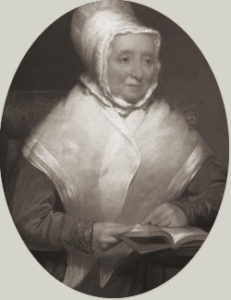
Hannah Adams
(1755 – 1831)
Early American historian and pioneer in the field of comparative religion Hannah Adams was born in Medfield in 1755 and resided at 49 Elm Street. Almost entirely self-taught, she was the first female American author to make a living from writing and lobbied for the United States’ first copyright law, passed in 1790. Some of her works include: An Alphabetical Compendium of the Various Sects Which Have Appeared from the Beginning of the Christian Era to the Present Day, A View of Religions, A Summary History of New England, The Truth and Excellence of the Christian Religion Exhibited, History of the Jews, Letters on the Gospels, and the final edition of her first work, A Dictionary of All Religions and Religious Denominations.
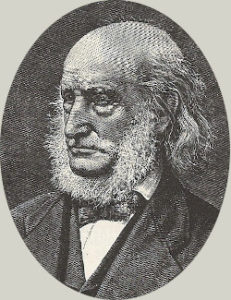
Ellis Allen
(1792 – 1875)
Born in Medfield, Ellis Allen was an important figure in the abolitionist movement. He lived at the Allen Homestead at 260 North Street, which now stands as an historical landmark on the Underground Railroad. Allen went to Boston and attended lectures by William Lloyd Garrison, founder of the Massachusetts Anti-slavery Society and editor of the abolitionist newspaper, The Liberator, forming a friendship with Garrison that lasted his lifetime. He began inviting Garrison out to 260 North Street and held anti-slavery meetings there. Among the many speakers was former slave Frederick Douglass, anti-slavery orator and author. Allen housed, clothed and fed fugitive slaves on their way to Canada, despite the $100 fine for so doing.
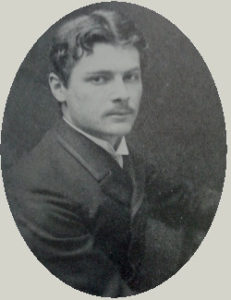
Dennis Miller Bunker
(1861 – 1890)
By the 1800s, Medfield had established itself as a location for artists and musicians. Noted artist Dennis Miller Bunker summered in Medfield at Tannery Farm (663 Main Street). Bunker was a painter and an innovator of American Impressionism who, with John Singer Sargent and Charles Martin Loeffler, were part of Isabella Stewart Gardner’s inner circle that gathered at her Fenway house, which is now the Gardner Museum. Bunker died unexpectedly at age 29 of meningitis. Had he enjoyed a normal life span his fame might have exceeded Sargent’s. One of his best-known paintings is Roadside Cottage, which is the Lucy Bran house at 661 Main Street. That painting is now in the National Gallery of Art in Washington, D.C.
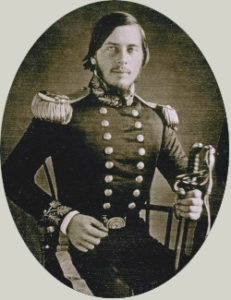
George Horatio Derby
(1823 – 1861)
George Horatio Derby was an American soldier and early California humorist. Born in Dedham, he spent his childhood in Medfield. He attended West Point with Ulysses S. Grant, graduating in 1846. He became a topographical engineer for the U.S. Army and served in the Mexican-American War. Afterwards he was assigned to map out some of the new California territory gained through the war. While in California, Derby began writing for the San Diego Herald, using the pseudonym “John P. Squibob” and its variants “John Phoenix” and “Squibob.” In 1857, suffering from what modern historians believe was a brain tumor, Derby took leave in 1859 and traveled back east to New York where he lived out the remainder of his life.
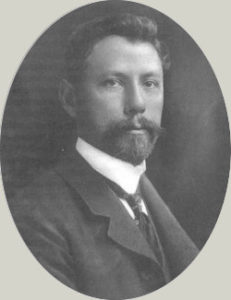
John Jesse Francis
(1862 – 1933)
Born in Boston, John Jesse Francis was a world-renowned watercolor artist, who painted local landscapes in his second-floor studio at Medfield’s Peak House, including On Dedham Road, Ancient Red House and Down the Lane. At least by 1886 when he was 24 years old, he came to Medfield as part of a growing artist colony that discovered this town’s landscapes and milieu conducive to creativity. He retreated from Boston to Medfield each summer for an unknown number of years, before moving around 1910 to Newton where he died of esophageal cancer. He and members of his family are buried in the Old Section of Vine Lake Cemetery.
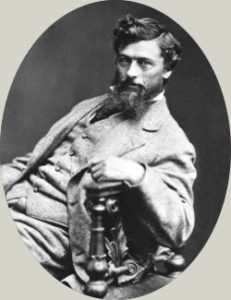
George Innes
(1825 – 1894)
New-York born George Innes was one of the most influential American artists of the nineteenth century and is often called “the father of American landscape painting.” He painted Medfield Meadows, Evening in Medfield, and his famous Peace and Plenty during his stay here from 1859 to 1864. His house and studio at 406R Main Street are now on the National Register of Historic Places. Neither pure realist nor impressionist,
Inness was a transitional artist whose works combine both the earthly and the ethereal to capture the complete essence of a locale. Many of his paintings are the property of New York’s Metropolitan Museum of Art and the Boston Museum of Fine Arts.
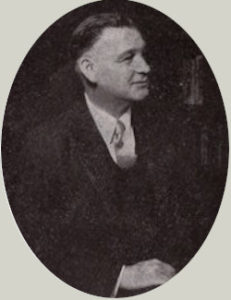
Amos Clark Kingsbury
(1897 – 1955)
Born in Medfield, Amos Clark Kingsbury grew up at the family’s farm at 145 Spring Street. After graduating from high school, he enlisted in the U.S. Marines where he served as a private in WWI. Returning home, Kingsbury became a charter member of Medfield’s Beckwith Post #110, American Legion and served as its financial officer. He determined he wanted to be a painter and became a pupil of famed artist F. Mortimer Lamb. In 1928 Kingsbury founded the Medfield School of Art, and in 1936 the Medfield Art Gallery. He served the Town as its Collector of Taxes and was a member of the Town’s finance committee. Medfield High School is named after him on land gifted to Medfield by his family.
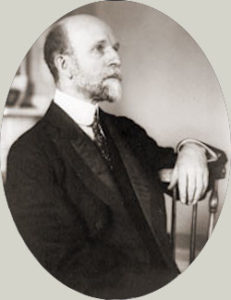
Charles Martin Loeffler
(1861 – 1935)
Charles Martin Loeffler was a German-born American violinist and composer whose works are distinguished by a poetic lyricism in an Impressionist style. He immigrated to America in 1881 and from 1882 to 1903 he was first violinist in the Boston Symphony Orchestra, which performed many of his compositions. He retired from the BSO in 1903 to devote himself to composition and, two years later, settled in Medfield at 275 South Street. There he kept busy tending his farmland and continued to teach and to compose until his death in 1935. He was a friend of Dennis Miller Bunker, John Singer Sargent (who painted his portrait), and later of George Gershwin.

Lowell Mason
(1792 – 1872)
Musician and composer Lowell Mason was born in Medfield and resided on North Street opposite the intersection of Dale Street. He became music director at First Parish at the age of 17 and would go on to become the first in America to receive the degree of Doctor of Music. Because of Mason’s initiatives and persistence, music today is now a part of the curriculum of nearly every school in America and many of his 1,600-plus hymns are still sung in churches around the world. His best-known composition, which he wrote to help teach music to children, is Mary Had a Little Lamb. He also wrote the most familiar arrangement of Handel’s Christmas carol, Joy to the World.
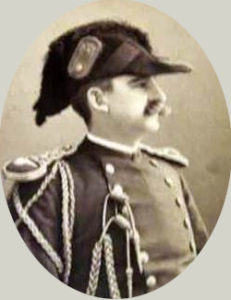
Edwin Vinald Mitchell
(1851 – 1917)
Born in Sangerville, Maine, Mitchell arrived here penniless from Westboro. He married Blanche Curtis, daughter of the owner of Excelsior Straw Works, D. D. Curtis, and was appointed plant manager. When Curtis died, Mitchell partnered with Haskell Searle and Granville Dailey, creating one of the largest hat manufacturers in the country. In 1891 he was nominated for Governor’s Council and won, taking the name Colonel in front of his own, becoming known as Col. Mitchell. In 1891 Excelsior Straw Works became the E. V. Mitchell Company. He went on to become the most powerful person, politically and economically, in Medfield’s history until his death in 1917.
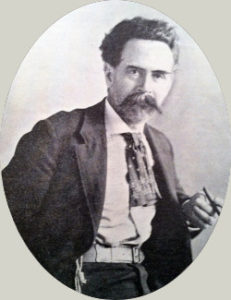
John A. S. Monks
(1850 – 1917)
John Austin Sands Monks was a Medfield resident and an artist nationally recognized for his unusual etchings of sheep. He was also commissioned to paint Jack—the beloved dog who had saved his master, Medfield’s much-loved town doctor Arthur Mitchell, from a harrowing near-drowning. The portrait of Jack the Dog hangs in the Medfield Historical Society. Monks completed a series of engravings for William Tilden’s book, The History of the Town of Medfield, Massachusetts 1651-1886 and was commissioned to design the Seal for the Town of Medfield. Monks and his wife Olive also built the still-standing Monks Block on her father’s property in 1888, which looks much the same today.
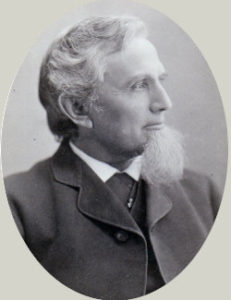
William S. Tilden
(1830 – 1912)
William S. Tilden was born in Medfield, a descendant of 13 of its first 39 settlers, and is the author of History of the Town of Medfield, Massachusetts 1650–1886. He was a music teacher and at an early age became choir director at the Baptist Church, a position he held over 50 years. His interest in local history was aroused when he wrote, in collaboration with James Hewin, the history of the Medfield Baptist Church for its Centennial in 1876. While serving as Representative he discovered various types of available county and state records, which began his investigation of the history of his native town. He was a charter member and first president of the Medfield Historical Society.
